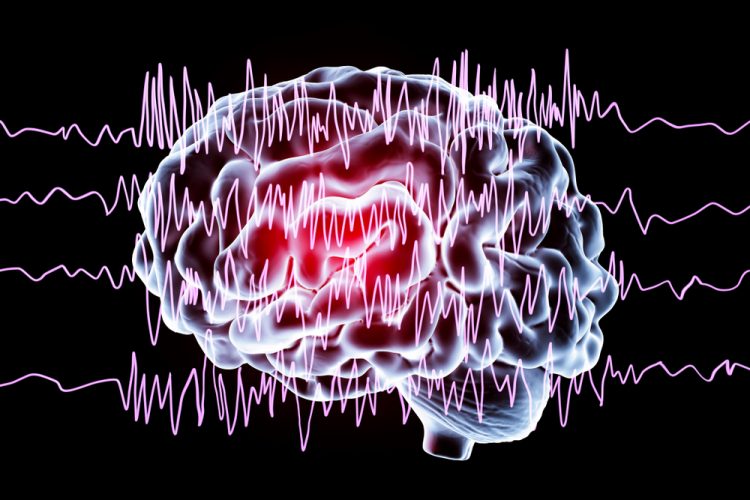Three molecules show promise as epilepsy treatments in pre-clinical trials
Posted: 26 June 2020 | Victoria Rees (Drug Target Review) | No comments yet
Researchers have synthesised three oligonucleotide inhibitor molecules which stopped seizures in mouse models, making them potential epilepsy drugs.


An international study has uncovered three molecules that the researchers say have the potential to be developed into new drugs to treat epilepsy. According to the scientists, the findings are an important step towards discovering new drugs for people with epilepsy whose seizures cannot be controlled with current treatments.
The study was led by researchers at FutureNeuro, the SFI Research Centre for Chronic and Rare Neurological Diseases and RCSI University of Medicine and Health Sciences, Ireland.
In one of the largest sequencing projects of its kind, the researchers identified and measured levels of over a billion strands of epileptic mice model microRNAs, small molecules that control gene activity in the brain, to investigate if they were changed in the condition. They discovered a small set of microRNAs which were always elevated in epilepsy and designed oligonucleotide inhibitor molecules, synthesised by chemists from the group, to target these. Three of the synthetic molecules were found to stop seizures in mouse models and the normal brain physiology of the mice was not obviously disrupted by these treatments.
Computer simulations demonstrated how the potential treatments influenced molecule networks inside brain cells by changing the inflammatory response, part of the brain’s immune system which is thought to contribute to seizures.
“Our approach to drug discovery has led us to new types of molecules that can be targeted to prevent seizures with hopefully fewer side effects,” said co-lead author Dr Cristina Reschke, FutureNeuro Research Fellow and Honorary Lecturer at RCSI. “Currently, most drugs used to treat epilepsy work by blocking the signals brain cells use to communicate. This results in many of the side effects experienced by people with epilepsy.”
“By characterising and targeting an entire new class of molecules in epilepsy, we hope to develop novel and innovative treatment strategies for temporal lobe epilepsy,” said co-lead author Dr Gareth Morris, Marie Sklodowska-Curie Actions Fellow at FutureNeuro. “This is an important step closer to fulfilling the urgent and unmet clinical needs for the one third of people whose seizures are resistant to currently available drugs.”
The research is published in the Proceedings of the National Academy of Sciences.
Related topics
Drug Discovery, Drug Discovery Processes, Drug Targets, Neurosciences, Research & Development, Target molecule, Therapeutics
Related conditions
Epilepsy
Related organisations
FutureNeuro, RCSI University of Medicine and Health Sciences
Related people
Dr Cristina Reschke, Dr Gareth Morris



